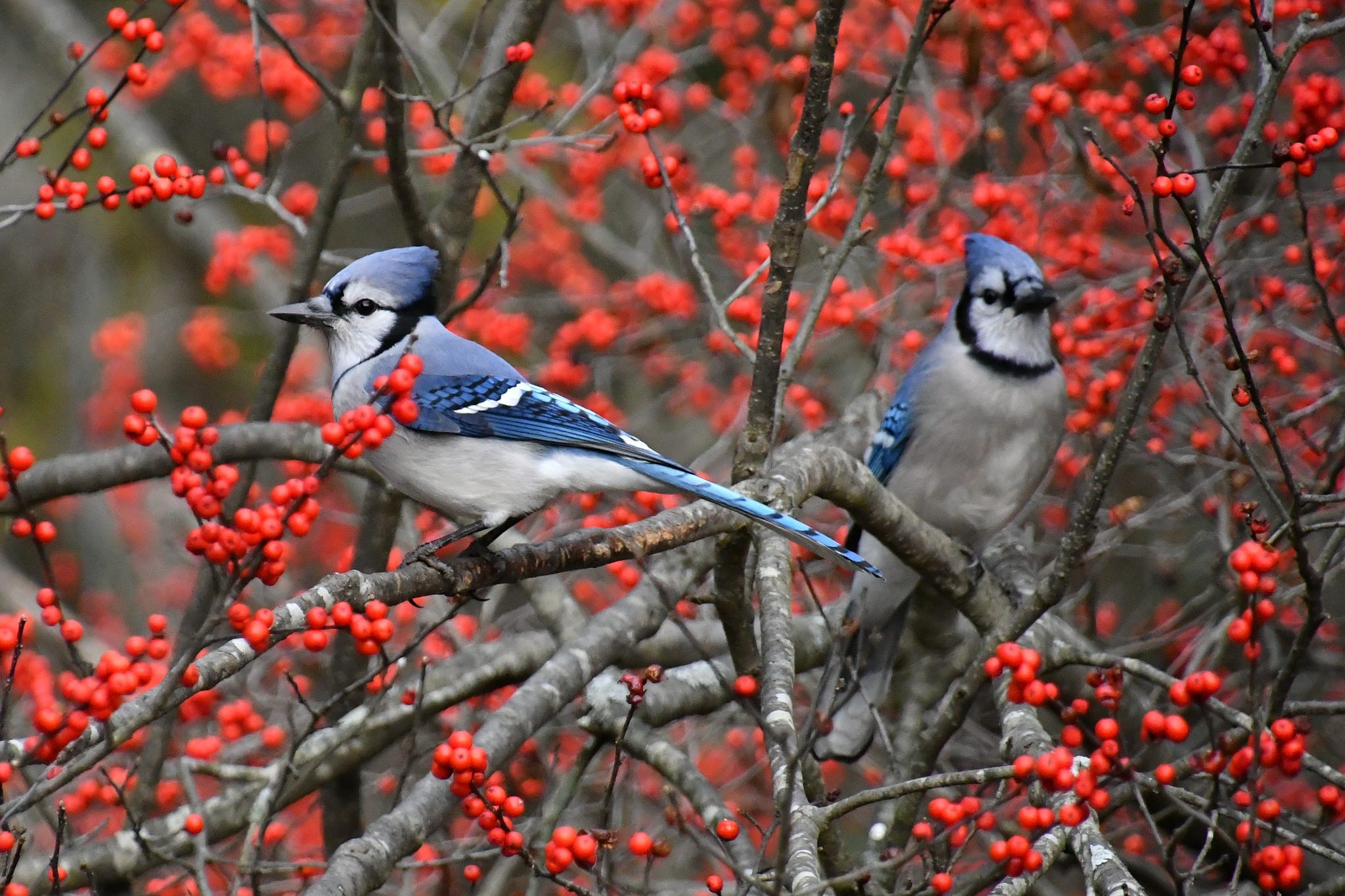Landscaping

Planting for Wildlife
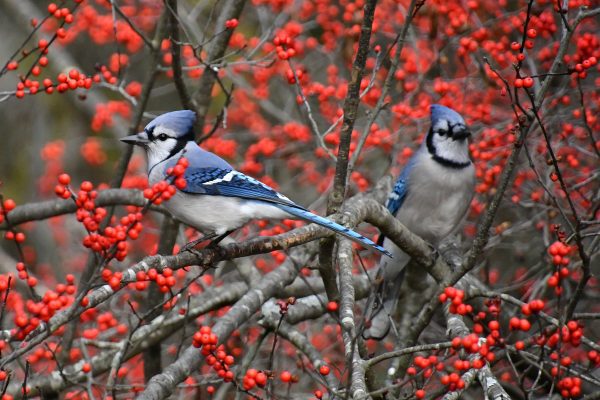
Bluejays on deciduous holly in fall or winter.
You can create habitat for wildlife by planting a variety of plants with different sizes and bloom/fruit seasons. To attract specific groups and species of wildlife, include the plants specific to their needs.
You Will Need:
Research
Local Plants
Variety of Plants
- Birds. Design planted areas that include a tree canopy, small understory trees and shrubs, and grasses or flowers. Allow grasses and flowers to set seeds, which are food for birds. Allow a few insect pests, another critical food source.
- Hummingbirds. They are attracted to colors like red, orange, and pink. Plant tubular- shaped flowers such as trumpet honeysuckle, penstemon, and salvias. Feeders filled with sugar water (1 part sugar to 4 parts water) also attract hummingbirds— no need for red food coloring.
- Butterflies. A combination of both larval (caterpillar) and nectar plants will attract a variety of butterflies. Nectar plants have trumpet-shaped flowers or large flat heads of tiny flowers.
- Caterpillars. Each butterfly species lays its eggs on a preferred host plant. A caterpillar eats large amounts of vegetation before forming its chrysalis. They often strip entire plants, so expect damage in a butterfly garden.
- Consider interspersing larval and nectar plants in the same bed or use other plant combinations to disguise the damaged ones.
Providing Habitat
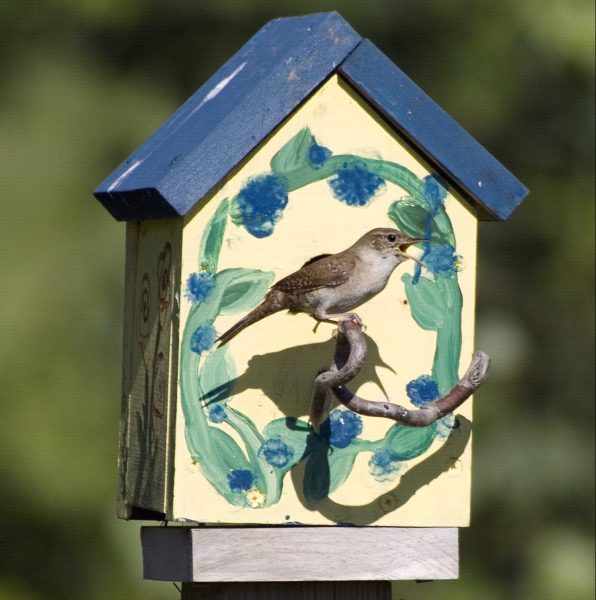
Birdhouses provide attractive habitats. (Photo credit: David Cappaert, Bugwood.org)
Alabama’s wildlife populations are threatened by growing urban development. Like us, wildlife require food, water, shelter, and a healthy environment. Designing our yards with wildlife in mind can provide beneficial habitats.
You Will Need:
Native Plants
Research
Water Feature
Bird Feeder (optional)
Bird House (optional)
Bee Box (optional)
- Food. Add native plants that bear seed, fruit, foliage, or flowers that you are willing to share with birds, caterpillars, or adult butterflies. Berries, fleshy fruits, nuts, and acorns are treats for many wildlife species. Native meadow grasses benefit some species, and they add a graceful feature to your landscape.
- Remember that insects are a valuable food source for birds.
- Running water. The sound of running water attracts birds to your yard. This sound could come from a natural feature or a fountain. Even a simple birdbath will work. Empty and scrub the birdbath with a brush every few days to prevent mosquito breeding and bacterial contamination.
- Shelter. These can be as simple as adding a birdhouse, mason bee box, or bat house. You could change a few plant species in your yard, create a lightly stacked brush pile, or leave some yard areas less manicured, as this provides habitat for many species.
- Reduce insecticide use. Each time insecticides are used, they reduce insect populations, a vital food source for birds. Always know the pest you are targeting, stay on target, and thoughtfully apply the control.
Supporting Pollinators
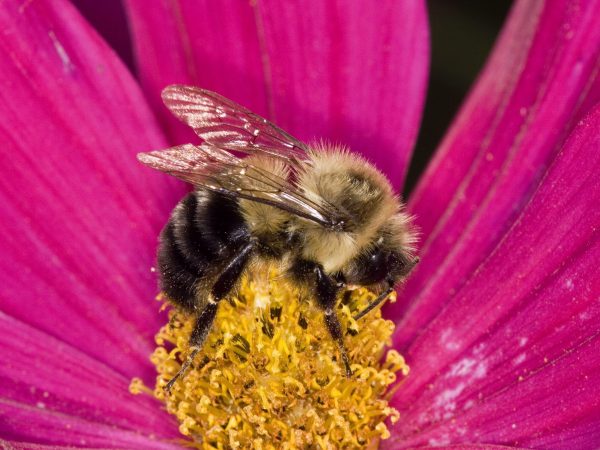
Bumblebee on cosmos. (Photo credit: David Cappaert, Bugwood.org.)
Bees are the workaholics of all pollinators. They pollinate about one-third of the plants we eat. Multiple factors have caused a decline in honeybee and native bee populations. Learn how to help all bees prosper.
You Will Need:
Research
Nest Sites
Nectar Plants
Pollen Plants
- Provide nesting sites. These are important for attracting and keeping bees in your area. Out-of-the-way brush piles, moss clumps, patches of bare soil, and rotting logs are a few examples of native bee nest sites.
- Grow plants that bloom during seasons when bees are active, early February through October.
- Grow good nectar and pollen plants. Bees are usually attracted to flowers that bloom yellow or blue and those with sweet scents. Bee-attracting blooms have small, narrow floral tubes to fit their tongue length. Many feed on specific plants that have co-evolved with them.
- Some shrubs include blueberries (Vaccinium spp.), sweet pepperbush (Clethra alnifolia), and American holly (Ilex opaca).
- Favorite native wildflowers include indigo (Amorpha fruticosa), goldenrod (Solidago spp.), and asters (Rudbeckia and many others).
- Nonnative flowers include oregano (Origanum vulgare), verbena (all species) beebalm (Monardo spp.), and speedwell (Veronica spp.).
- Avoid areas planted with bee-attracting flowers if you are allergic to insect stings.
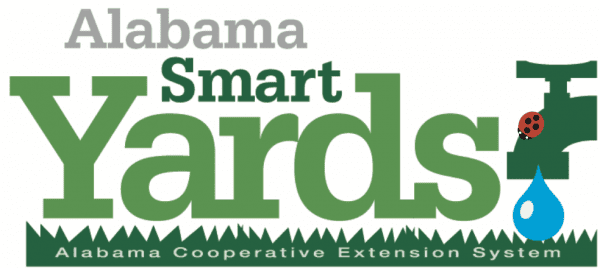
 Kerry Smith, Administrator, Outreach Programs, Horticulture, Auburn University
Kerry Smith, Administrator, Outreach Programs, Horticulture, Auburn University
New July 2022, Attract Wildlife– Smart Yards Recipe Series, ANR-2872-E

